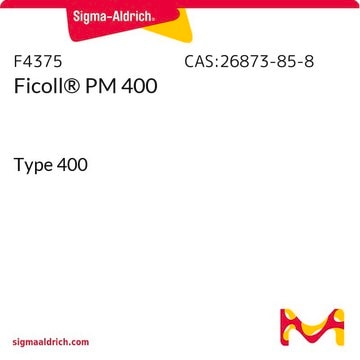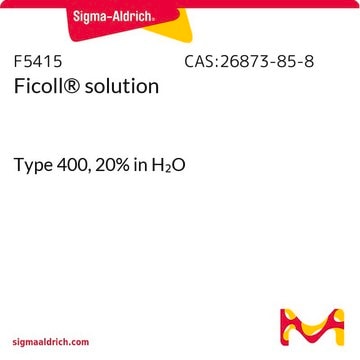S4506
Sodium diatrizoate hydrate
≥98.0% purity, powder
Synonym(s):
3,5-Bis(acetylamino)-2,4,6-triiodobenzoic acid, sodium salt, 3,5-Diacetamido-2,4,6-triiodobenzoic acid sodium salt, Diatrizoic acid sodium salt hydrate
About This Item
Recommended Products
product name
Sodium diatrizoate hydrate, ≥98.0%
Quality Level
Assay
≥98.0%
form
powder
composition
Water (by Karl Fischer): ≤ 11.0%
color
white to off-white
mp
261 °C
solubility
H2O: 350 mg/mL, clear to slightly hazy
application(s)
diagnostic assay manufacturing
hematology
histology
storage temp.
room temp
SMILES string
O.[Na+].CC(=O)Nc1c(I)c(NC(C)=O)c(I)c(C([O-])=O)c1I
InChI
1S/C11H9I3N2O4.Na.H2O/c1-3(17)15-9-6(12)5(11(19)20)7(13)10(8(9)14)16-4(2)18;;/h1-2H3,(H,15,17)(H,16,18)(H,19,20);;1H2/q;+1;/p-1
InChI key
ZZBYVHJZBJEHFI-UHFFFAOYSA-M
Looking for similar products? Visit Product Comparison Guide
Application
Signal Word
Danger
Hazard Statements
Precautionary Statements
Hazard Classifications
Resp. Sens. 1 - Skin Sens. 1
Storage Class Code
11 - Combustible Solids
WGK
WGK 2
Flash Point(F)
Not applicable
Flash Point(C)
Not applicable
Personal Protective Equipment
Certificates of Analysis (COA)
Search for Certificates of Analysis (COA) by entering the products Lot/Batch Number. Lot and Batch Numbers can be found on a product’s label following the words ‘Lot’ or ‘Batch’.
Already Own This Product?
Find documentation for the products that you have recently purchased in the Document Library.
Customers Also Viewed
Articles
Centrifugation enables the separation of particles by sedimentation. Learn how to separate particles using a centrifuge and how to use Stokes' law to calculate the velocity of sedimentation.
Centrifugation enables the separation of particles by sedimentation. Learn how to separate particles using a centrifuge and how to use Stokes' law to calculate the velocity of sedimentation.
Centrifugation enables the separation of particles by sedimentation. Learn how to separate particles using a centrifuge and how to use Stokes' law to calculate the velocity of sedimentation.
Centrifugation enables the separation of particles by sedimentation. Learn how to separate particles using a centrifuge and how to use Stokes' law to calculate the velocity of sedimentation.
Our team of scientists has experience in all areas of research including Life Science, Material Science, Chemical Synthesis, Chromatography, Analytical and many others.
Contact Technical Service











